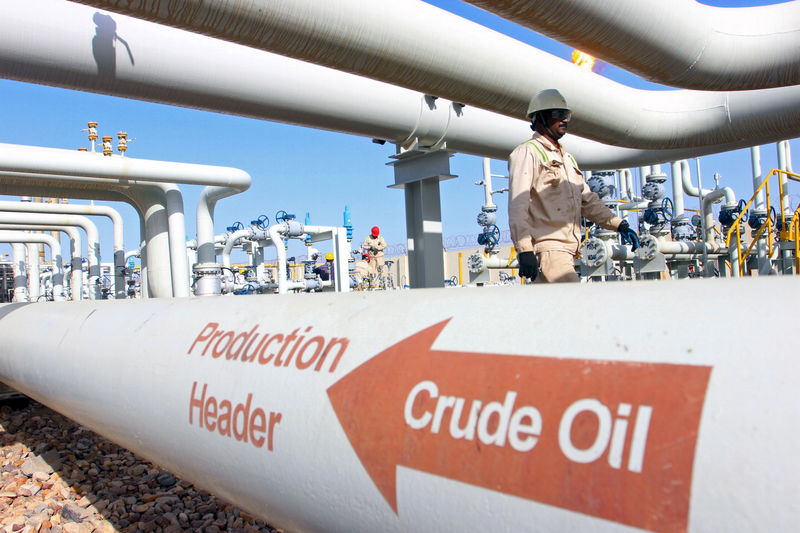* U.S. crude inventories fall less than expected - EIA
* OPEC offsets Iran oil loss, sees lower 2019 demand (Recasts with settlement)
By Jessica Resnick-Ault
NEW YORK, Dec 12 (Reuters) - Oil ended lower on Wednesday after reports that Iran's oil minister said divisions exist within the Organization of the Petroleum Exporting Countries, leading futures to give up earlier gains on OPEC-led production curbs and export cuts from Libya.
Crude pared gains late in the session after reports that Iran's Oil Minister Bijan Zanganeh told state television that the cartel had been unfriendly toward OPEC's third largest producer.
OPEC last week agreed to production cuts only after Iran, whose crude exports have been depleted by U.S. sanctions since early November, greenlighted the deal.
OPEC said on Wednesday it had offset a drop in sanctions-hit exports from Iran. Iran's President Hassan Rouhani also said on state TV on Tuesday that export have improved since early November. in the trading day, prices rose, bolstered by export cuts from Libya and planned OPEC-led production cuts
Brent crude futures LCOc1 settled at $60.15 a barrel, down 5 cents on the day, while U.S. crude CLc1 was down 50 cents at $51.15 a barrel.
Oil prices have fallen by a third since the start of October, when it hit a four-year high above $87. It is set for its biggest quarterly slide since the fourth quarter of 2014.
The market also shrugged off government data that showed U.S. crude stockpiles fell 1.2 million barrels last week, a much smaller drawdown than the 10 million-barrel decline reported by industry group the American Petroleum Institute and less than half the draw of 3 million barrels analysts had forecast. divergence from the large inventory decline reported by the API makes the report appear more negative than it actually was," said John Kilduff, a partner at Again Capital Management in New York.
Concerns about global oversupply of crude, driven largely by U.S. output from shale formations has driven the market lower in recent weeks, and prompted OPEC and some non-OPEC producers including Russia to cut supply by 1.2 million barrels per day (bpd) for six months from Jan. 1.
"The OPEC+ deal from last week will allow more of a bullish position to be taken up by some market participants from this point," analysts at JBC Energy said in a report.
"The crude picture at least looks somewhat firmer for the next six months than it did previously."
Prices drew support this week after Libya declared force majeure on exports from its largest oilfield on Sunday after tribesmen and state security guards seized the facility. a weaker economic outlook and higher production elsewhere have weighed down the market.
Crude output has surged in the United States, set to end 2018 as the world's top oil producer, ahead of Russia and Saudi Arabia. are quite confident that OPEC+ will be successful in tightening up the front end of the oil market thus keeping the Brent crude oil one-month contract in $60+ a barrel territory over the next six months," SEB commodities strategist Bjarne Schieldrop said.
"Investors and producers however fear a tsunami of additional U.S. shale oil supply in late 2019 and 2020 as new pipelines are installed from the Permian to the U.S. Gulf."
